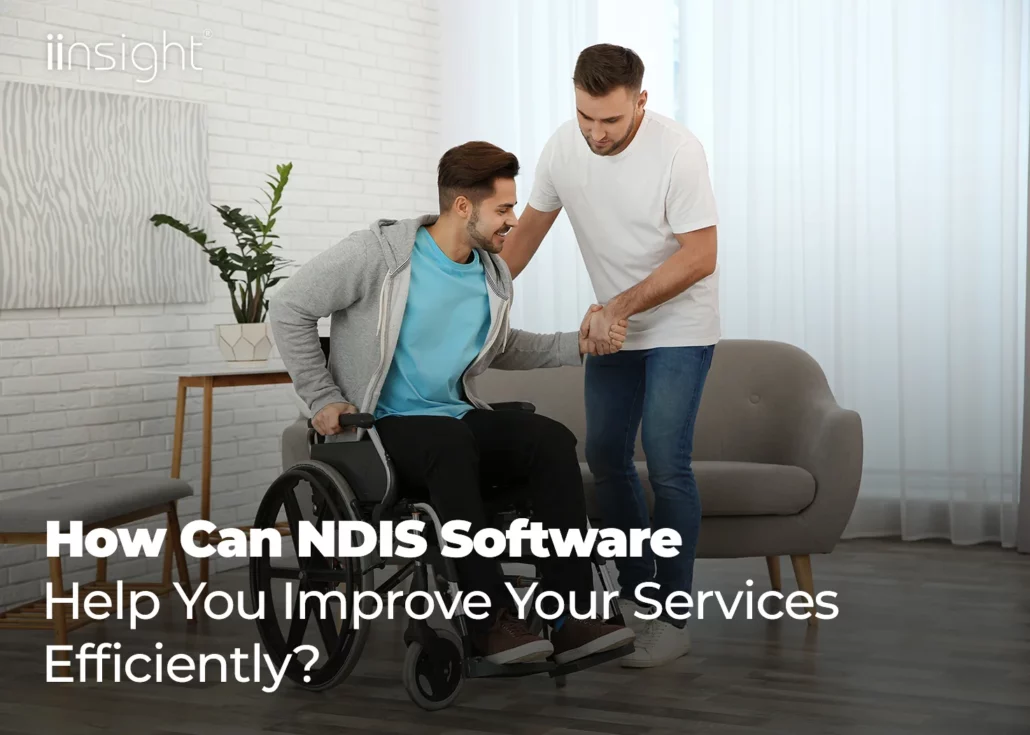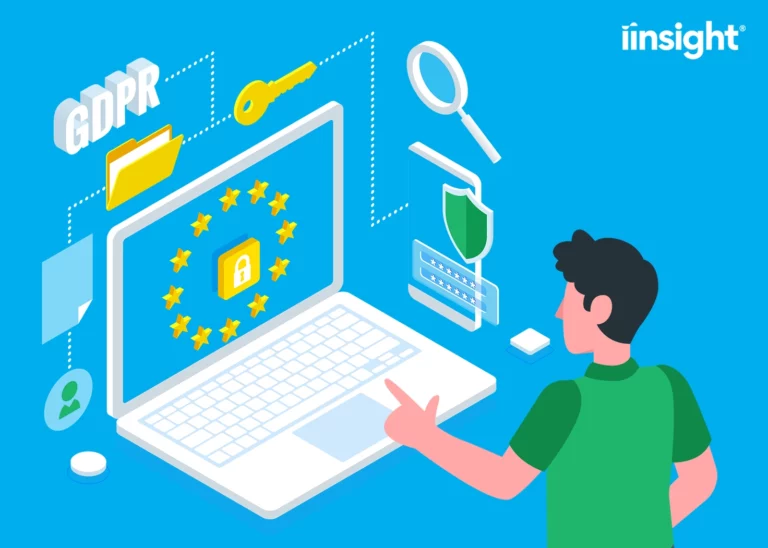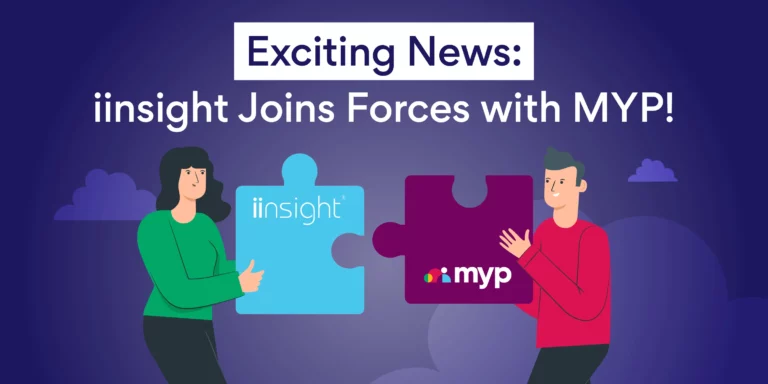Using NDIS provider software is one of your smartest investments you can make for your practice. This technology will help you in so many ways to improve workplace efficiency and more importantly, the quality of your services. Here’s how:
Building a better appointment schedule
Delivering a high quality of service means more than just providing the right care but also building good rapport with clients or patients. The relationship between the patient and the healthcare provider doesn’t start when they meet face-to-face, it actually starts when an appointment is scheduled. NDIS provider software offers a simple way to create and manage day-to-day schedules, so that therapists or doctors won’t miss an appointment. It also has an SMS and email notification feature so that patients will be reminded of their upcoming appointment. This also allows them to confirm or cancel with ease, while letting the clinic quickly fill in vacant slots.
Helping you create a smooth workflow
Paperwork eats up many hours that could otherwise be used for improving patient care. The good news is that NDIS provider software is here to help streamline your workflow. It comes with essential management tools to reduce the time spend on administration and give you more time with your patients. This way, you will be able to focus more on improving care.
Provides ease of access to practice management programs
Medical professionals spend a lot of time at their desks to encode case notes and do other related tasks. With cloud-based NDIS provider software, they can now update records, save files, and retrieve documents using any device such as tablets or smartphones. Accessibility gives them more power to effectively manage patient cases, and even provide care outside the clinic.
Ensuring accuracy of data
Accurate patient information supports quality care. An NDIS provider software system is a centralised solution that minimises human error, and syncs data automatically so everyone is updated with the latest changes.












